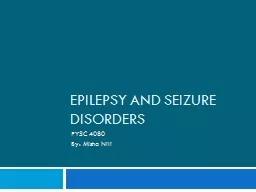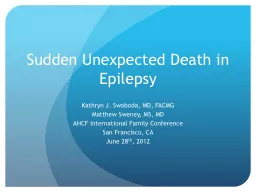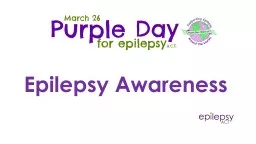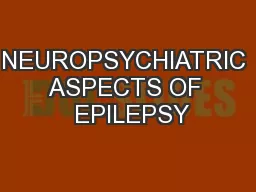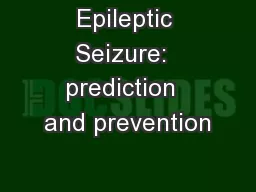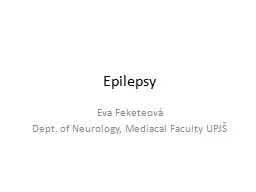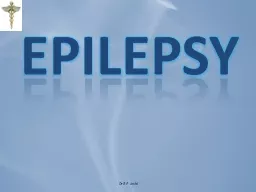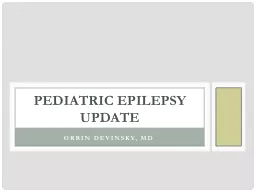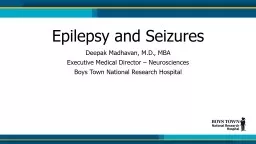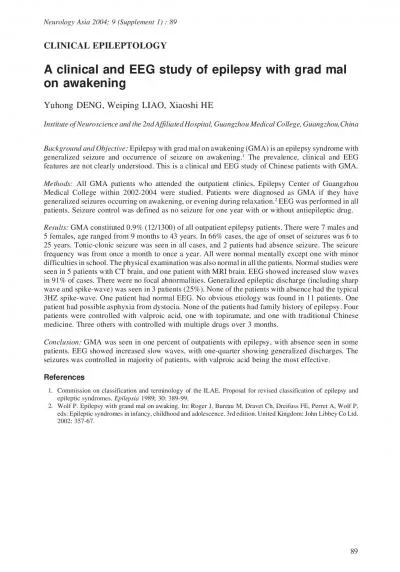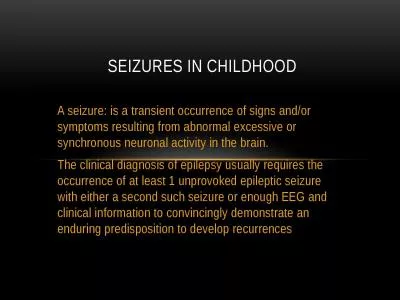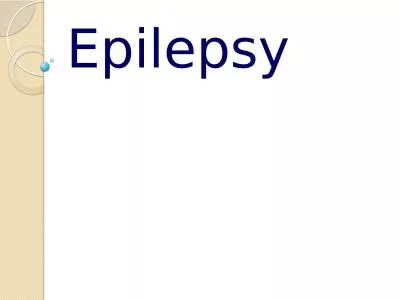PPT-Epilepsy and Seizure Disorders
Author : conchita-marotz | Published Date : 2016-07-10
PYSC 4080 By Misha Nili Contents Definitions History Seizure Stages Classification Mechanisms of Action Neurotransmission Genetics Neuroanatomy Neurodevelopment
Presentation Embed Code
Download Presentation
Download Presentation The PPT/PDF document "Epilepsy and Seizure Disorders" is the property of its rightful owner. Permission is granted to download and print the materials on this website for personal, non-commercial use only, and to display it on your personal computer provided you do not modify the materials and that you retain all copyright notices contained in the materials. By downloading content from our website, you accept the terms of this agreement.
Epilepsy and Seizure Disorders: Transcript
Download Rules Of Document
"Epilepsy and Seizure Disorders"The content belongs to its owner. You may download and print it for personal use, without modification, and keep all copyright notices. By downloading, you agree to these terms.
Related Documents

